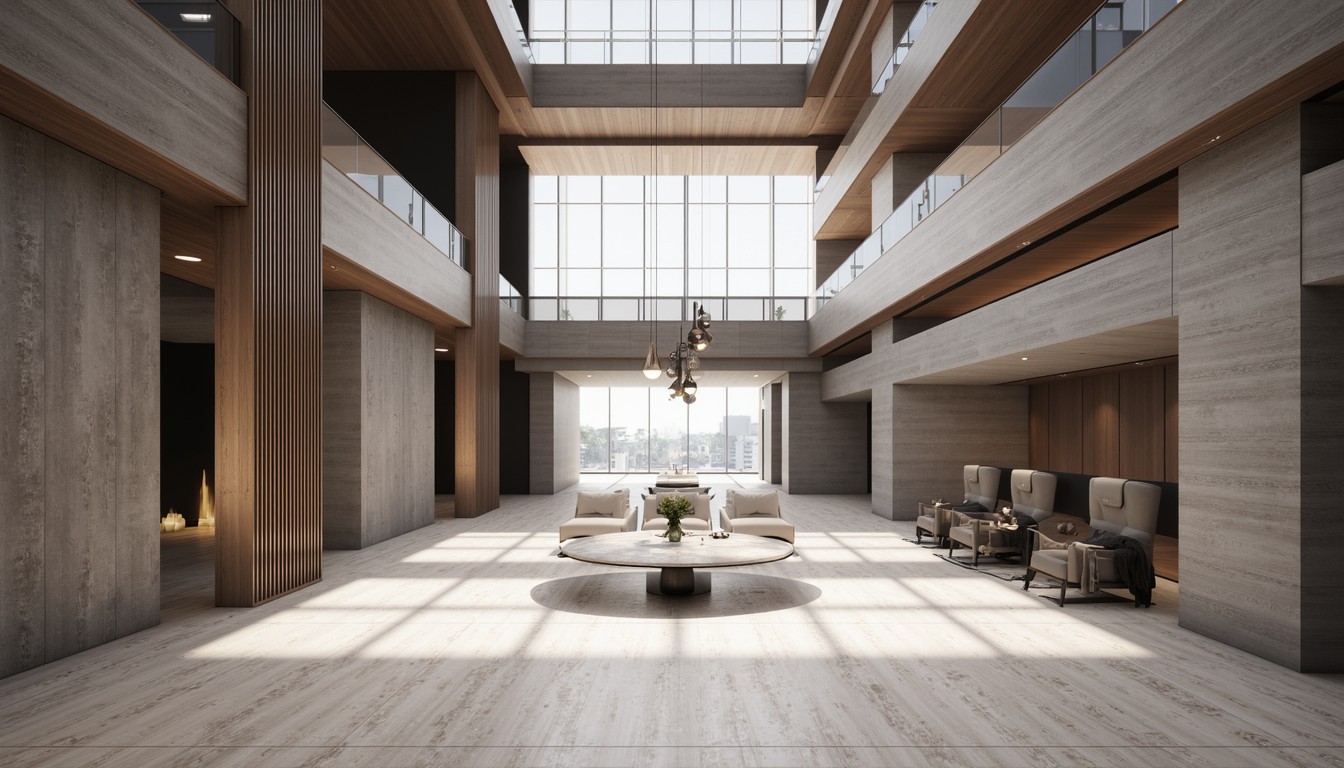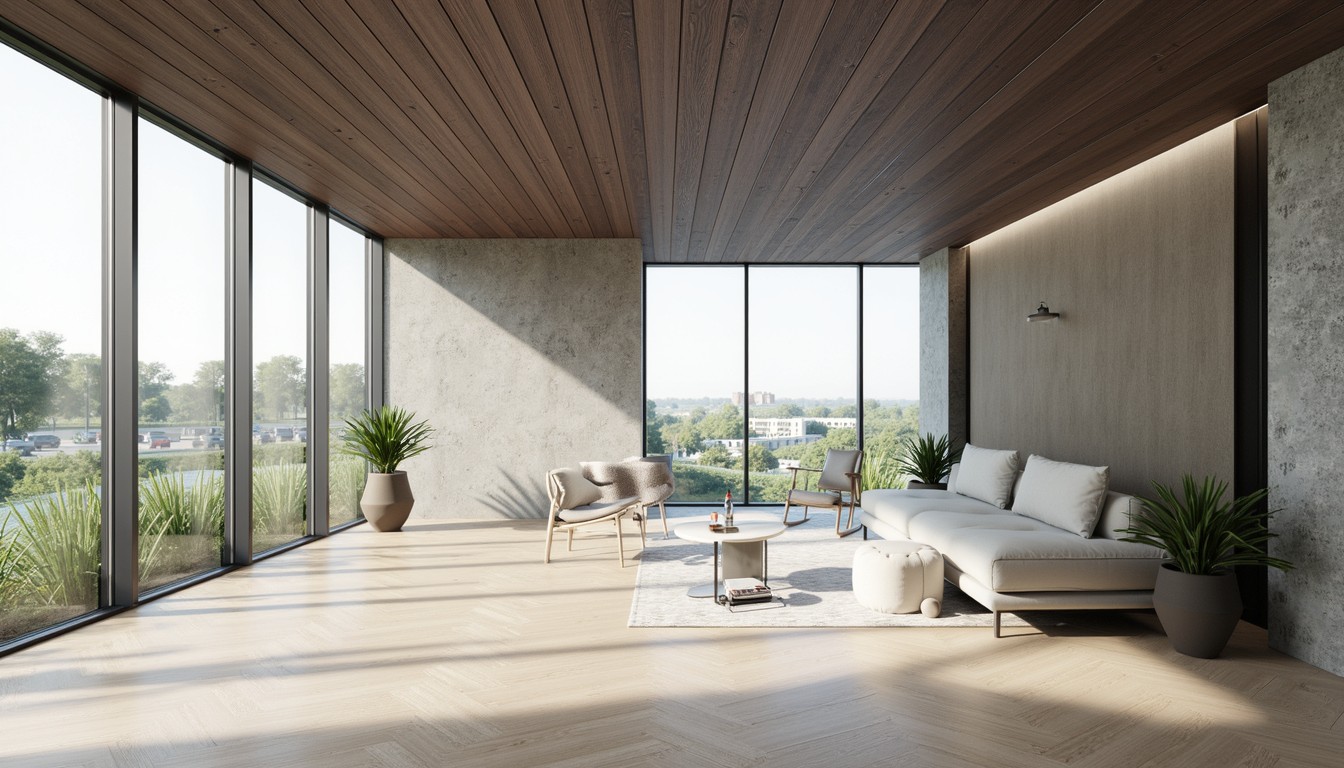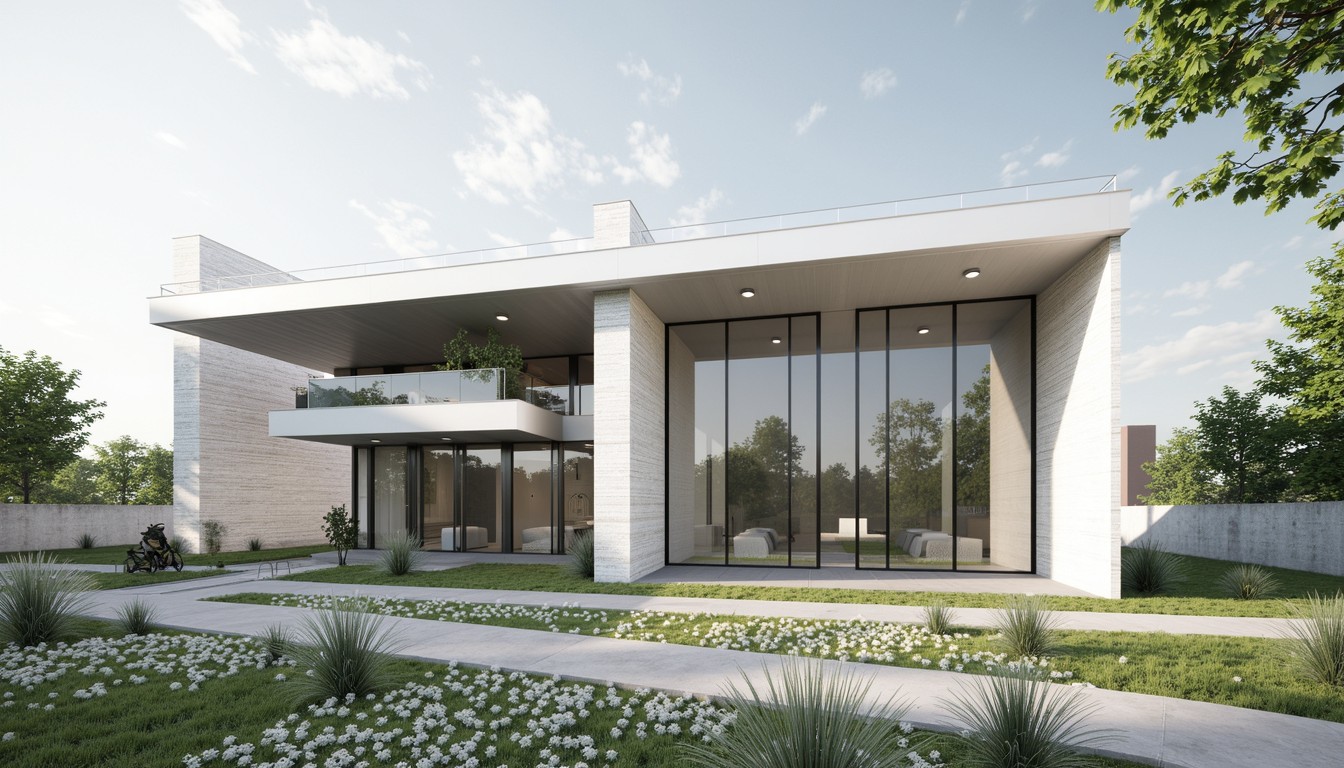VR in Architecture: Designing Tomorrow's Spaces
The architectural landscape is undergoing a dramatic transformation, driven by technological advancements that are reshaping how we design, visualize, and experience buildings. At the forefront of this revolution is virtual reality (VR), offering architects and clients unparalleled opportunities to explore and interact with designs in immersive, realistic environments. ArchNav is leading the charge, leveraging the power of VR to deliver cutting-edge architectural visualization services.
Immersive Design Exploration: Beyond Static Renderings

Traditional architectural presentations, relying on static renderings and 2D blueprints, often fail to fully capture the essence of a design. They struggle to convey the spatial relationships, scale, and atmosphere of a building. VR overcomes these limitations, allowing architects and clients to experience the design, not just see it. Imagine walking through your future home, feeling the scale of the living room, or experiencing the natural light flowing through the kitchen – all before a single brick is laid. This level of immersion provides a far deeper understanding of the design than any static image can offer.
Enhanced Client Collaboration and Communication
Effective communication is crucial in architecture. VR facilitates seamless collaboration between architects, clients, and other stakeholders. By sharing VR experiences, architects can effectively translate their vision, addressing client feedback directly within the virtual environment. This collaborative approach reduces misunderstandings, accelerates the design process, and fosters a stronger client-architect relationship. Imagine presenting design options to a client, allowing them to virtually walk through each variation and provide immediate feedback – a powerful tool for achieving a shared vision.
Early Problem Detection and Design Refinement

VR's ability to create immersive environments allows for early detection of design flaws and potential issues. Architects can identify spatial conflicts, ergonomic problems, or aesthetic inconsistencies before construction begins, saving time, money, and resources. This proactive approach to problem-solving significantly enhances the efficiency and effectiveness of the design process. By walking through the virtual building, designers can spot issues that might be missed in 2D plans, leading to a more refined and optimized final product.
Real-World Applications of VR in Architecture
The applications of VR in architecture extend far beyond conceptual design. Here are a few real-world examples:
- Virtual walkthroughs for real estate marketing: Showcase properties to potential buyers in a captivating and engaging way.
- Interior design visualization: Allow clients to experiment with different furniture layouts, materials, and finishes within a virtual space.
- Urban planning and development: Visualize large-scale projects and their impact on the surrounding environment.
- Architectural education: Provide students with immersive learning experiences, allowing them to explore complex designs and architectural principles in detail.
- Accessibility design: Simulate the experience of navigating a building for individuals with disabilities, ensuring inclusivity and accessibility.
Choosing the Right VR Technology for Architectural Visualization
The choice of VR technology depends on the specific needs of the project and budget. High-end systems offer unparalleled realism and immersion, while more affordable options provide a good balance between cost and quality. ArchNav works with a range of VR technologies, ensuring we can deliver tailored solutions to meet the unique requirements of each project. Factors to consider include:
- Headset resolution and field of view
- Tracking accuracy and responsiveness
- Software compatibility and ease of use
- Cost and accessibility
The ArchNav Advantage in VR Architectural Visualization

At ArchNav, we understand the transformative power of VR in architecture. Our team of expert architects and visualization specialists utilizes cutting-edge VR technology to create immersive and engaging experiences for our clients. We combine our deep understanding of architectural principles with our proficiency in VR technologies to deliver exceptional results. We offer a comprehensive range of VR services, from conceptual design visualization to detailed walkthroughs and client presentations. Our commitment to quality, innovation, and client satisfaction makes us the ideal partner for your next architectural visualization project.
Conclusion
VR is no longer a futuristic concept; it's a powerful tool reshaping the way we design and experience buildings. By embracing VR, architects can unlock new levels of creativity, collaboration, and efficiency. ArchNav is at the forefront of this revolution, providing architects with the cutting-edge VR solutions they need to design tomorrow's spaces. Contact us today to learn how we can help you leverage the power of VR to bring your architectural vision to life.
